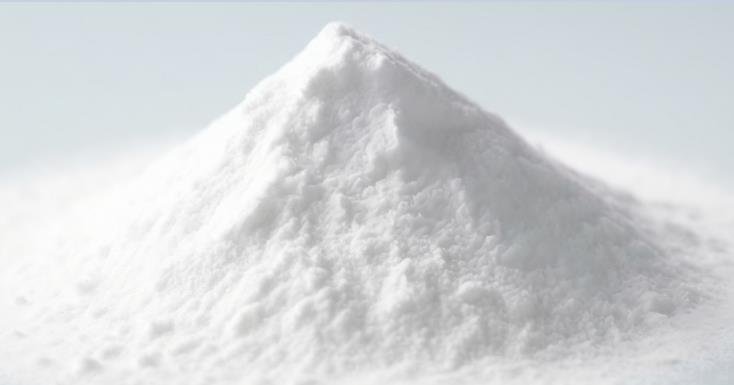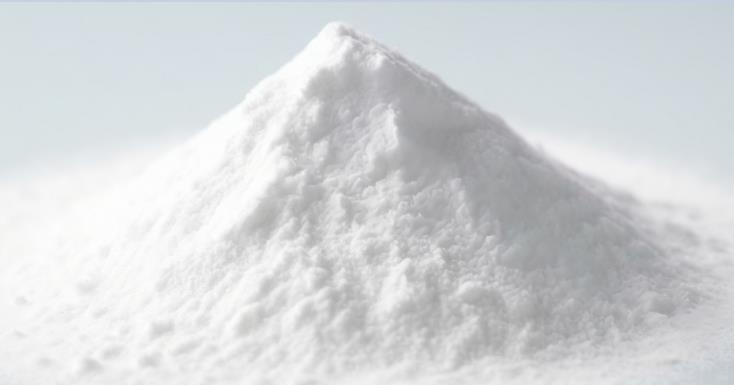Introduction:
Antimicrobial raw materials play a critical role in numerous industries, from healthcare to textiles and consumer products. These materials are designed to inhibit the growth and spread of microorganisms, including bacteria, viruses, fungi, and other harmful pathogens. In this article, we will explore various types of antimicrobial agents and their unique characteristics.

Silver-based Antimicrobial Agents:
Silver has been used for centuries as an effective antimicrobial agent due to its broad-spectrum activity. Silver ions can disrupt the cellular structure of microorganisms, preventing their reproduction and survival. Silver-based antimicrobial raw materials find applications in wound dressings, medical devices, and water purification systems. One of the key advantages of silver-based agents is their durability, as the antimicrobial activity remains effective even after repeated exposure or washing.
Copper-based Antimicrobial Agents:
Similar to silver, copper is known for its potent antimicrobial properties. Copper ions can penetrate the cell walls of microorganisms, causing oxidative damage and ultimately leading to their destruction. Copper-based raw materials are commonly utilized in healthcare settings, touch surfaces, and antimicrobial coatings. One notable benefit of copper-based agents is their rapid action, as they can kill bacteria on contact.
Quaternary Ammonium Compounds (QACs):
QACs are a group of synthetic organic compounds widely used as antimicrobial agents. They work by disrupting the cell membranes of microorganisms, leading to leakage of cellular contents and eventual cell death. QACs are frequently found in disinfectants, sanitizers, and household cleaning products. The major advantage of QACs is their residual efficacy, providing prolonged antimicrobial protection on treated surfaces.
Triclosan and Triclocarban:
Triclosan and triclocarban are chemical antimicrobial agents commonly used in personal care products, such as soaps and toothpaste. They target specific enzymes in bacteria, disrupting their metabolic processes. However, their long-term use has raised concerns about potential environmental and health impacts, leading to regulatory restrictions in some regions.
Chitosan:
Chitosan is a biopolymer derived from the shells of crustaceans. It exhibits antimicrobial activity by binding to the cell walls of microorganisms, leading to their structural damage. Chitosan finds applications in wound dressings, food packaging, and agricultural products. One of its significant advantages is its biocompatibility and biodegradability.
Essential Oils:
Essential oils, extracted from plants, possess natural antimicrobial properties. They contain bioactive compounds, such as terpenes and phenolics, which can disrupt microbial membranes and inhibit their growth. Essential oils are utilized in natural sanitizers, cosmetics, and aromatherapy products. Their eco-friendly nature and pleasant fragrance make them appealing alternatives to synthetic antimicrobial agents.
Conclusion:
Antimicrobial raw materials play a vital role in safeguarding human health and promoting hygiene across various industries. Each type of antimicrobial agent mentioned above offers distinct advantages, ranging from broad-spectrum effectiveness to biodegradability and natural origin. When selecting antimicrobial raw materials for specific applications, it is essential to consider factors such as targeted microorganisms, regulatory compliance, and environmental impact to ensure optimal results and safety.


-300x210.jpg)
